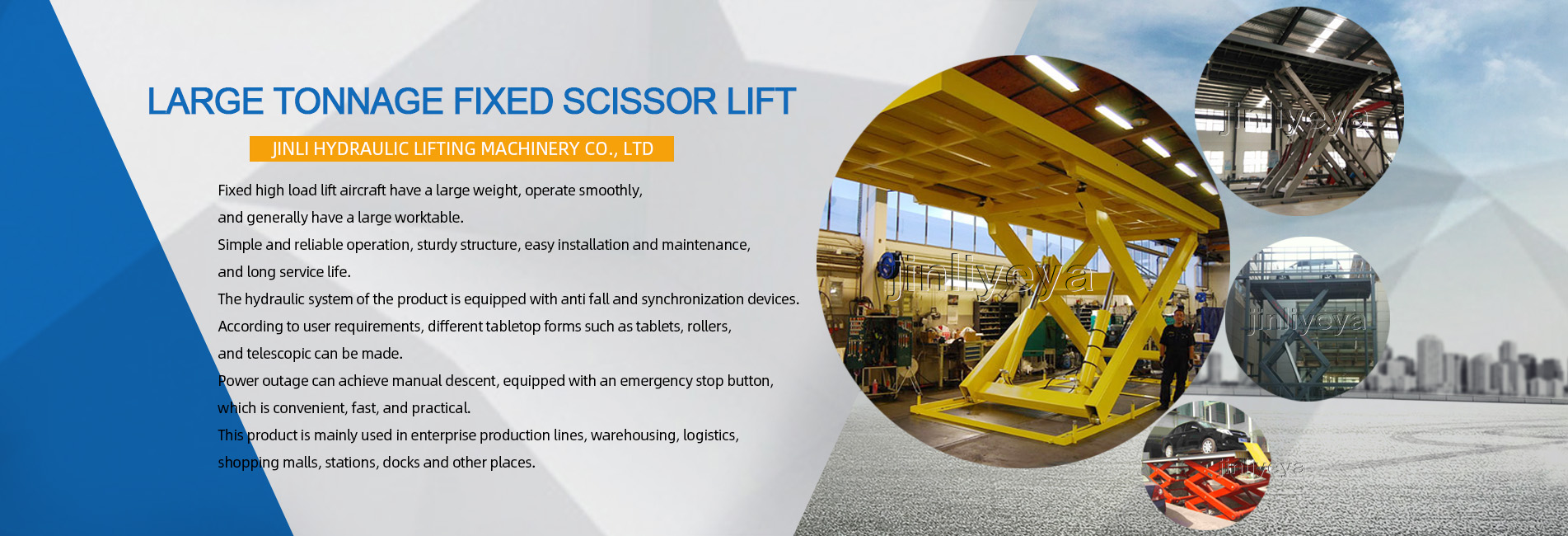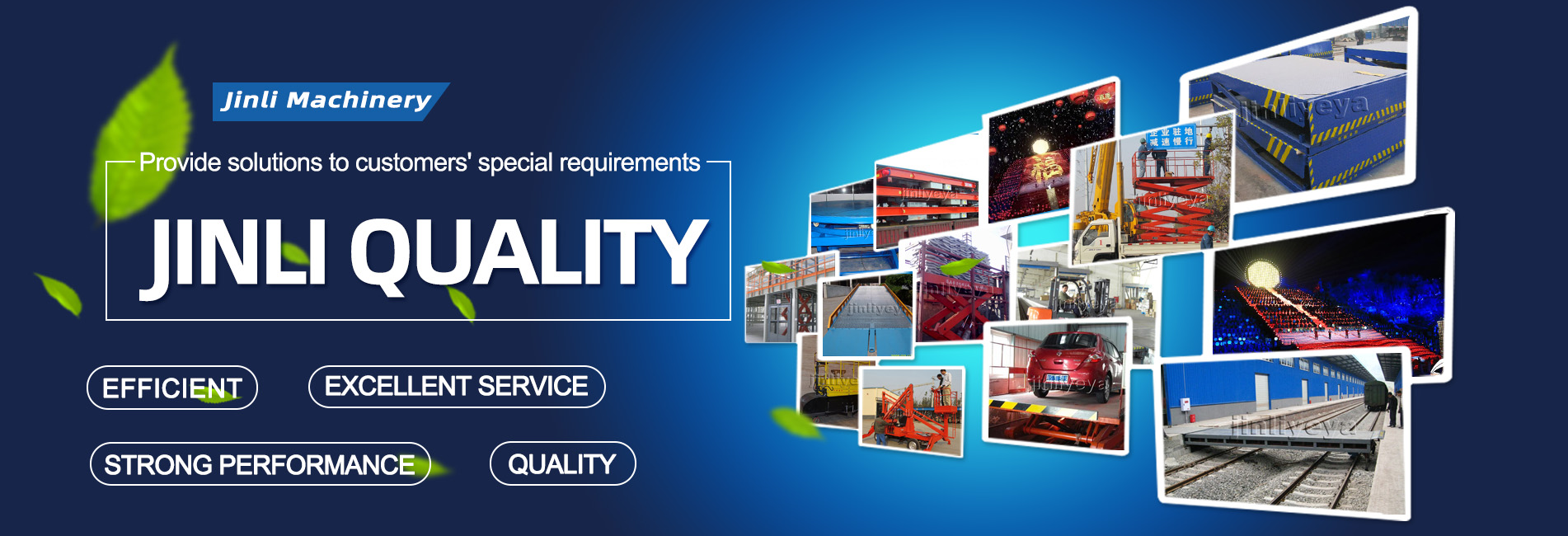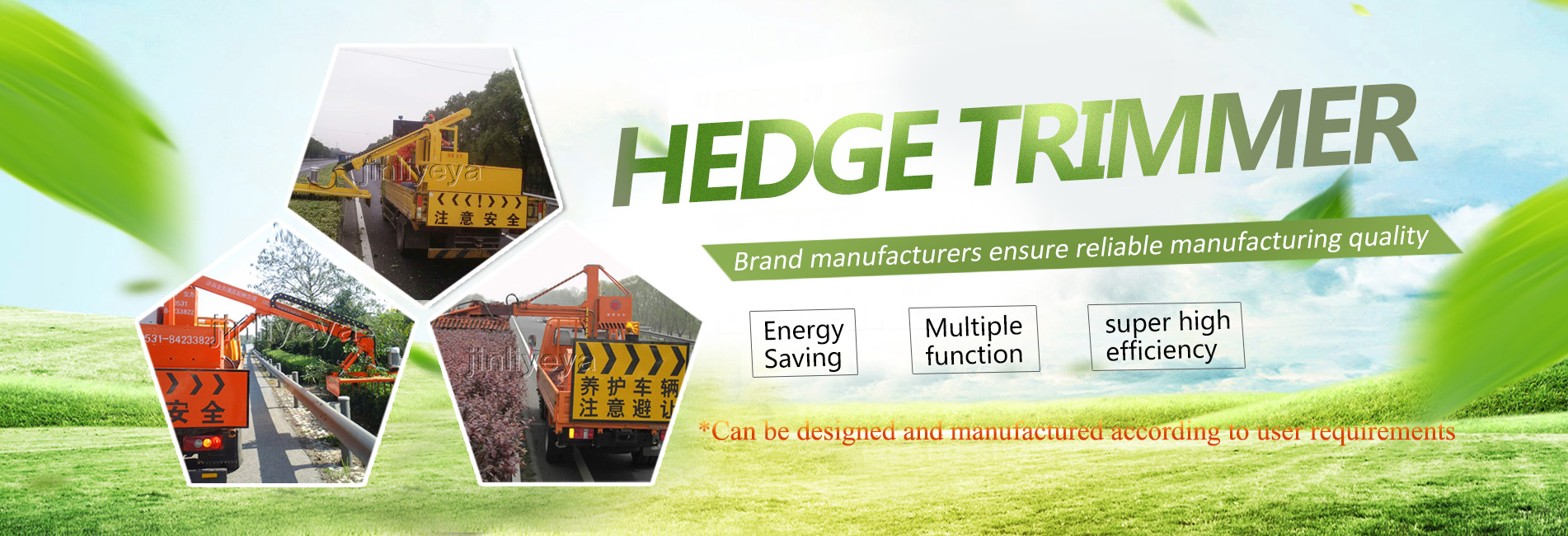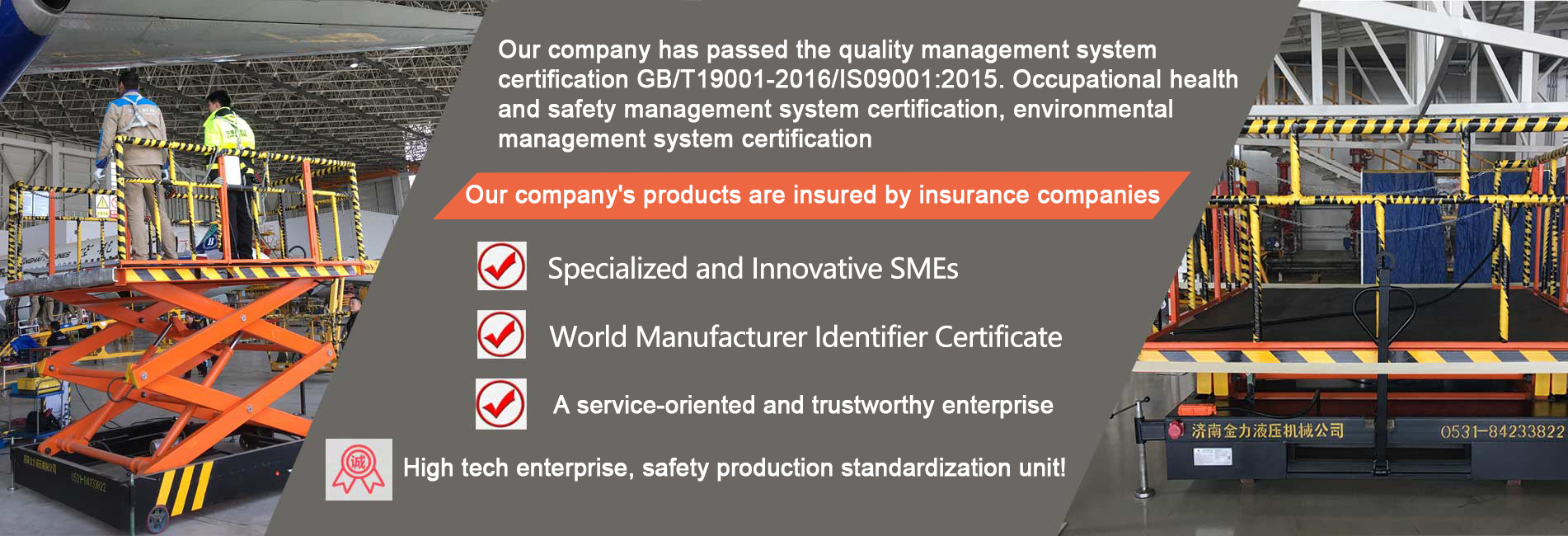Hydraulic lifting platform truck is a special engineering vehicle used to transport personnel and equipment to designated heights for operations. It is widely used in fields such as power, communication, lighting, and transportation because it avoids the inconvenience and hazards of using scaffolding and ladders. 1. Safety switch
The safety switches of the lifting platform are designed according to safety needs, including fence threshold, cage threshold, top door limit, limit switch, upper and lower limit switches, counterweight anti breakage rope protection switch, etc. On some construction sites, in order to save time, some limit switches are manually cancelled and short circuited or damaged without timely repair, which is equivalent to canceling these safety lines and planting hidden dangers of accidents.
2. Anti fall safety device
The anti fall safety device is an important component on the construction lifting platform, which relies on it to eliminate the occurrence of cage falling accidents and ensure the safety of passengers' lives. Therefore, the factory test of the anti fall safety device is very strict. Before leaving the factory, it is measured by a legal inspection unit for torque, critical speed, and spring compression. Each unit is accompanied by a test report (The report). After assembly on the construction elevator, it undergoes a fall test under rated load. The lifting platform used on the construction site must undergo a fall test every three months. For anti fall safety devices that have been manufactured for two years, they must also be sent to a legal inspection unit for testing (inspection and testing), and then tested once a year thereafter. So far, very few people have submitted for inspection, and some construction sites even do not conduct a fall test every three months, thinking that their fall safety devices are not problematic. However, once an accident occurs, they regret it deeply.
3. Buffer
The buffer on the construction lifting platform is the last line of defense for the safety of the construction lift. Secondly, it must have a certain strength to withstand the impact of the rated load of the lift and play a buffering role. And now there are many construction sites, some of which have facilities but are not sufficient to provide a buffer. Some construction sites have no buffer at all, which is extremely wrong. We hope that the units using them will pay attention to inspections and not underestimate this last line of defense.
4. Definition of Temporary Load Rate
The lifting platform on the construction site operates frequently with high availability, but the intermittent working system of the motor, also known as the temporary load rate, must be considered. Its definition is FC=work cycle time/load time x 100%, where work cycle time is the load time and downtime. On some construction sites, the lifting platform is rented by a leasing company, always wanting to make full use of it, while the temporary load rate of the motor is completely ignored. Why doesn't the motor generate heat? Some even emit a burnt smell while still in use, which is a very abnormal operation.
5. Wear and replacement of gears and racks
The construction on the construction site is carried out in harsh working conditions, where cement, mortar, and dust cannot be completely eliminated. The mutual grinding of gears and racks, even if the teeth are sharpened, is still in use and should be taken seriously.
{10}







